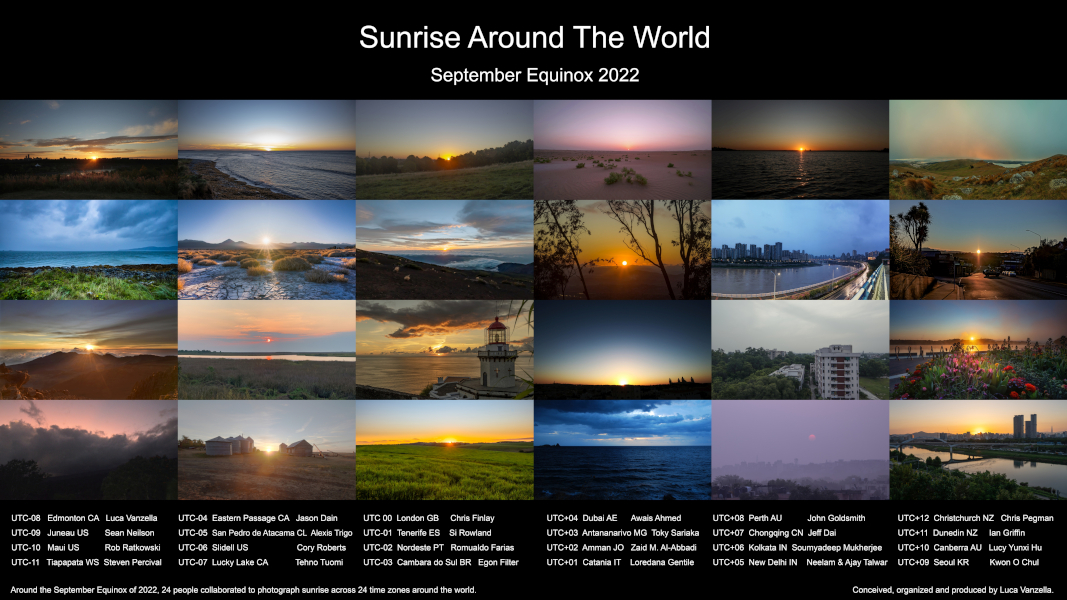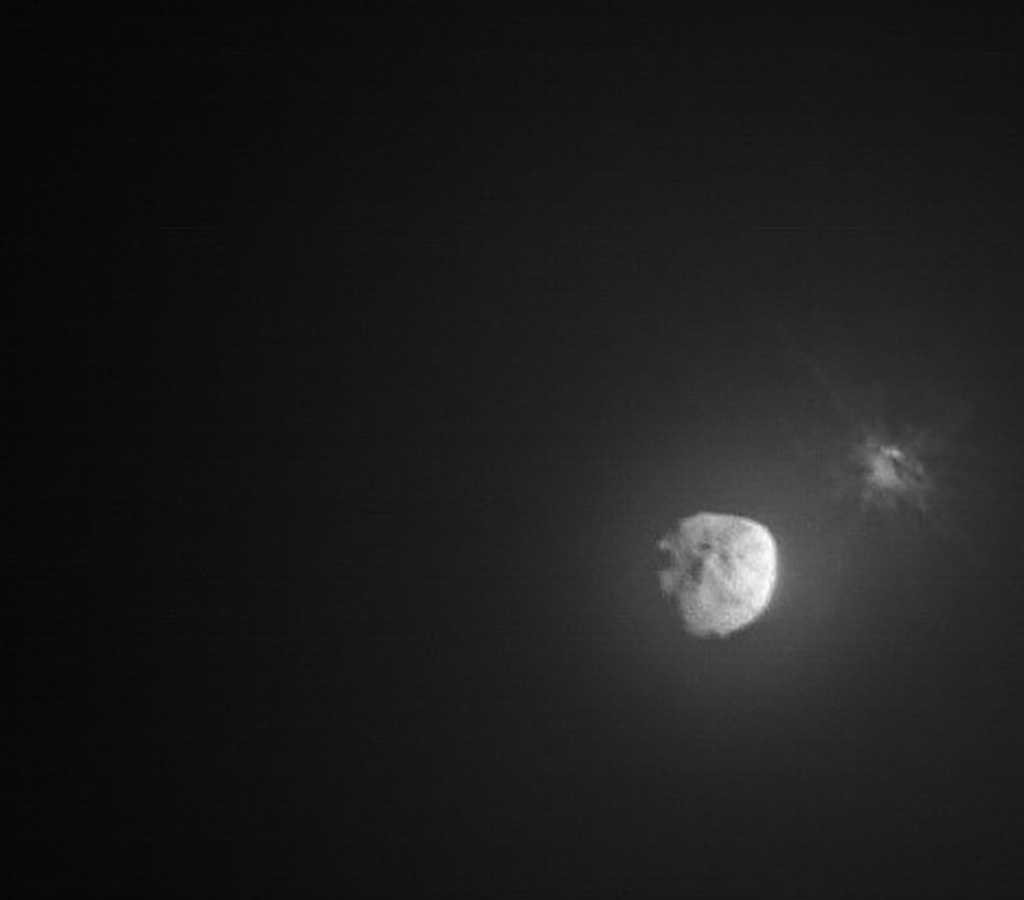NASA and the U.S. Geological Survey (USGS) will map portions of the southwest United States for critical minerals using advanced airborne imaging.
from NASA https://ift.tt/3rEuQgn
via IFTTT
NASA and the U.S. Geological Survey (USGS) will map portions of the southwest United States for critical minerals using advanced airborne imaging.
from NASA https://ift.tt/3rEuQgn
via IFTTT
NASA has added two astronauts to the agency’s Boeing Starliner-1 launch to the International Space Station, the spacecraft’s first mission following completion of its flight tests and certification.
from NASA https://ift.tt/RXHyb7L
via IFTTT

NASA has selected three companies to supply 1.4 million liters of liquid helium and 87.7 million standard cubic feet of gaseous helium for use at facilities across the agency.
from NASA https://ift.tt/Y61dxfP
via IFTTT
NASA will hold a media teleconference today at 4:30 p.m. EDT, Thursday, Sept. 29, to discuss a new study exploring potential commercial space opportunities for NASA science missions. The agency will livestream audio of the teleconference on its website.
from NASA https://ift.tt/AGrfpXm
via IFTTT
NASA has awarded a total of seven contracts to six companies including Airborne Systems North America of Santa, Ana California, CFD Research Corporation of Huntsville, Alabama, Jackson Bond Enterprises LLC of Dover, New Hampshire, Ryzing Technologies of Staunton, Virginia, Miller Scientific Inc. of Flagstaff, Arizona, and Anasphere Inc. of Manhatta
from NASA https://ift.tt/39hI7xX
via IFTTT

NASA has awarded a total of seven contracts to six companies including Airborne Systems North America of Santa, Ana California, CFD Research Corporation of Huntsville, Alabama, Jackson Bond Enterprises LLC of Dover, New Hampshire, Ryzing Technologies of Staunton, Virginia, Miller Scientific Inc. of Flagstaff, Arizona, and Anasphere Inc. of Manhatta
from NASA https://ift.tt/CQpNhRH
via IFTTT

NASA has selected GHGSat, Inc., of Montreal, Quebec, Canada, to provide commercial small constellation satellite products for evaluation to determine the utility for advancing NASA’s science and application goals. GHGSat will provide a comprehensive catalogue of Earth Observation data High Resolution Gas Detection Commercial Earth Observation Data
from NASA https://ift.tt/dGFrnlo
via IFTTT